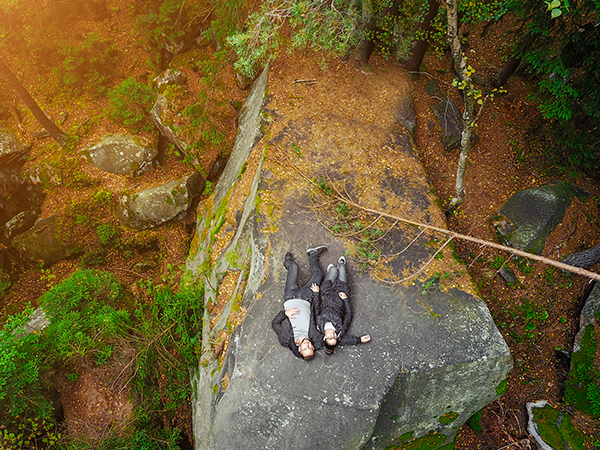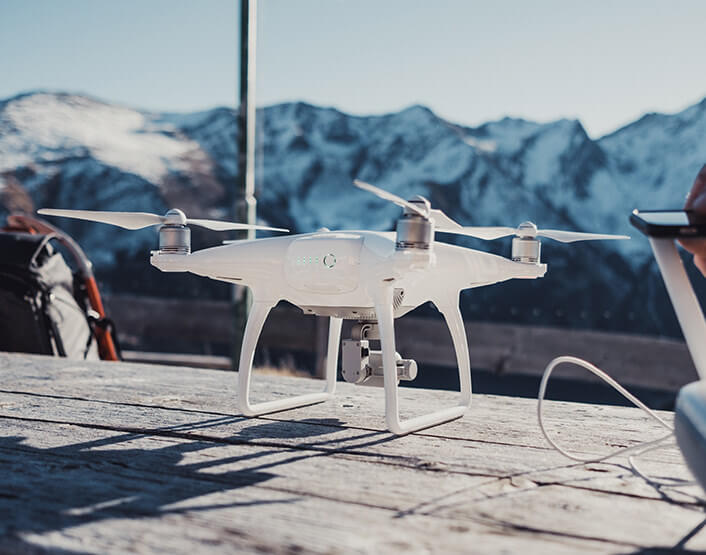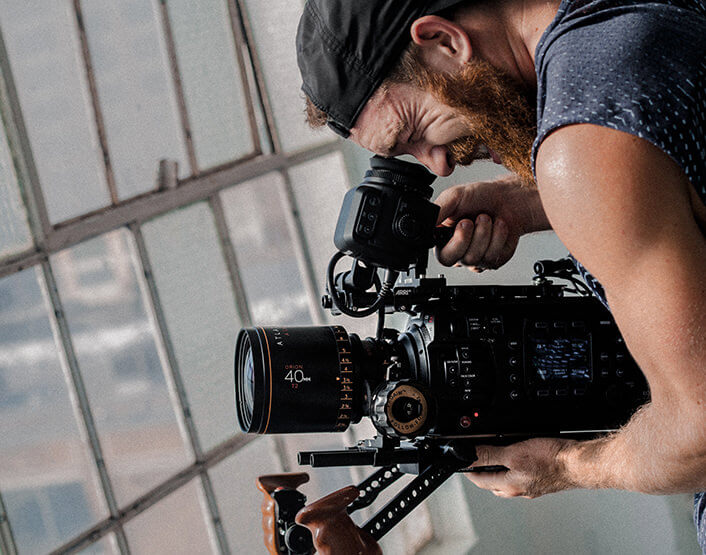Drone flying and aerial photography looks very easy to carry out, especially when you’re watching a pro handle a drone. And there’s no denying that the shots produced through aerial photography are absolutely stunning.
There’s a reason why the drone technology industry is booming, and plenty of professional photographers choosing to add aerial photography and videography to their repertoire. So you’re one of those people who’ve seen how amazing drones are, and the kind of amazing shots that they produce.
You went out and got yourself your very own drone, and now is the time for its first flight. As easy as drone flying seems to be, it can be very easy to let the drone get away from you and crash. It’s very important that you get the hang of the basics first before you get into the more difficult stuff. Here are some basics of drone flying that can help you with your first flight.
Try flying with a cheap, beginner drone first
If you’re going to be flying a drone for professional aerial photography, chances are, you’ve gotten yourself a relatively expensive drone that takes excellent quality photos. If you’re just starting out, you’re not going to want to risk flying an expensive drone without any flying experience. It’s better to buy a cheaper beginner drone to help you get the hang of flying a drone. That way, if anything happens, the damage won’t hurt so much.
Basics of the transmitter control
You should familiarize yourself with the controls of the transmitter, and it should be second nature to you so that you can respond accordingly in case something happens while you’re out shooting your aerial photography. Here are the basics of the transmitter controls:
Throttle: These controls make the drone ascend or descend.
Yaw: These controls rotate the drone clockwise or counter-clockwise
Roll: These controls tilt the drone left or right
Pitch: These controls tilts the drone forward and backward
What to keep in mind when flying for the first time
When flying a drone for the first time, you should always keep an eye out for the weather conditions and make sure that they are favorable to avoid any damages from occuring to your drone. Make sure you fly in an open field, with minimal trees or other obstructions that your drone can crash into. Make sure you keep the local drone laws in mind, as there are certain height restrictions in place in certain areas.






0 Comments